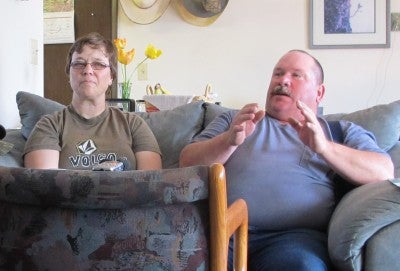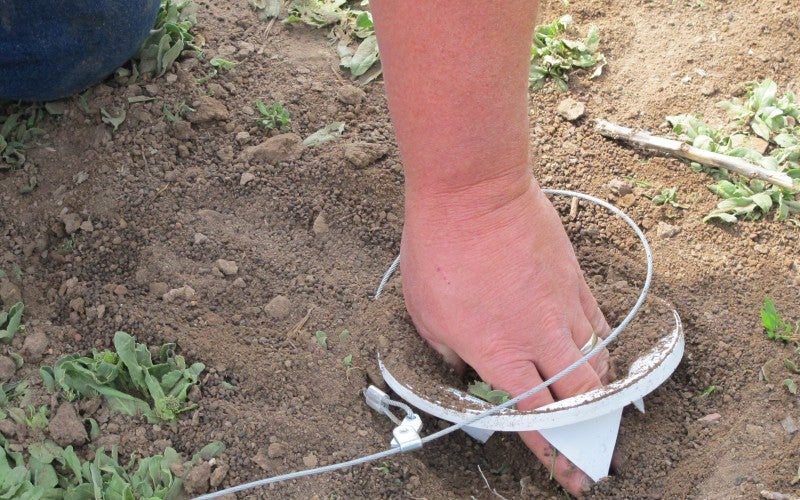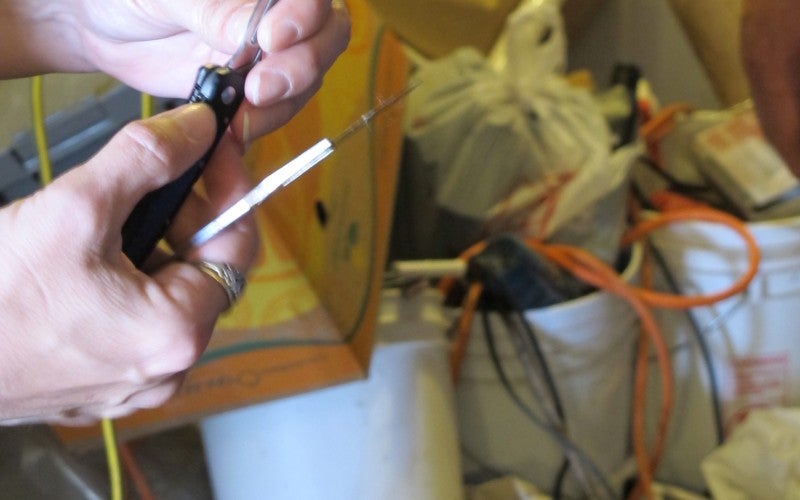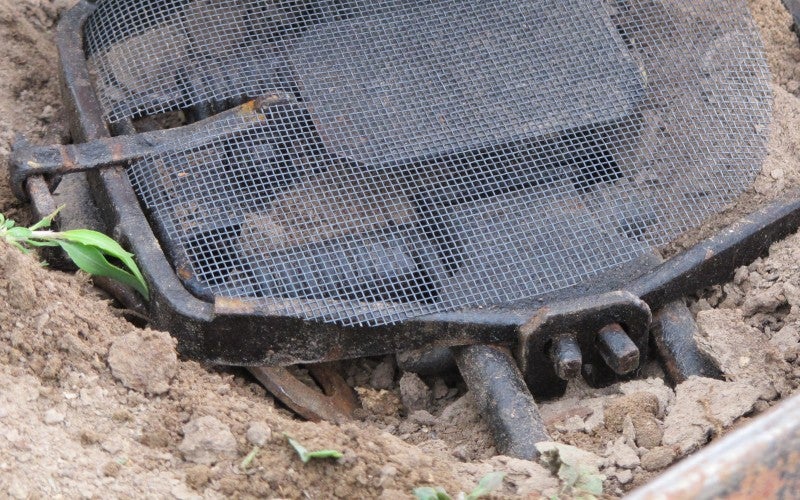Mike and Terri Slate (Hines) are animal trappers, a traditional pursuit in the Great Basin. Employing their broad knowledge of the local terrain, animal feeding habits, and pelt preparation, the Slates continue a tradition that is a part of regional heritage.
Bio
Trapping bobcats, coyotes, or badgers is an annual ritual for Mike and Terri Slate. Trapping has long provided a source of income as well as a traditional solution for ridding ranch land of predators. Beginning in the fall season, trapping requires wide-ranging knowledge of local terrain, animal feeding habits, traps, lures, field dressing techniques, pelt preparation, and end-use markets. According to Mike Slate, expert trappers are part of the rural ecology of eastern Oregon; with no natural predators to keep bobcats, coyotes, and badgers in check, ranch animals become easy prey. Born and raised in Harney County, Mike started bird hunting and fishing with his dad when he was in grade school. At the age of 12, the minimum age allowed by law, he shot his first deer. Terri started hunting when she married Mike, in 1986. When their two children were young, the family hunted together. In the mid-1980s, a good friend of Mike’s encouraged him to try his hand at trapping, and Terri joined him. Mike and Terri work as a team. Both learned the nuances of trapping largely through observation, word-of-mouth, and trial and error. Working on either government or private lands, they set and maintain a 60-mile trap line, their norm. That translates to setting out 36 to 48 traps over a two to three-day period, often in extreme temperatures. The couple places traps at locations with “eye appeal” to ensure the animal has a clear and natural focus point. To draw in the animal, they place a lure, like bobcat urine, in close proximity to the trap. The limit on bobcats in Oregon is five tags per year, per person, within a specific time frame. Badgers and coyotes, however, can be trapped year-round. “It’s our heritage to do this,” Mike explained. “That’s what started this country is trapping, bartering, trading.





